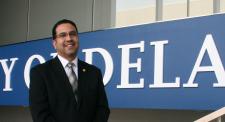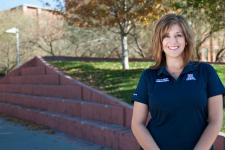Laurie Koehler, George Washington University
Posted on Mon, 05/05/2014 - 12:34
It should come as no surprise that The George Washington University is one of the most politically active campuses in the country. The private research university, located in the Foggy Bottom neighborhood of the District of Columbia, is bordered by the White House, Potomac River, the Watergate complex, and the State Department and within walking distance of the National Mall, the Washington Monument, the World Bank, the International Monetary Fund and the capital's preeminent cultural institutions from the Smithsonian Institution to the National Air and Space Museum.















